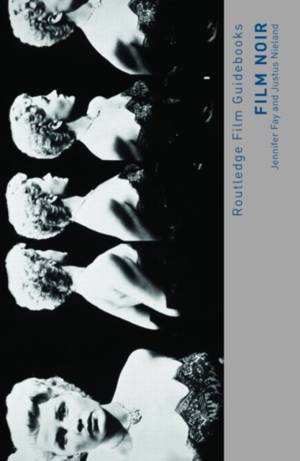
- Afhalen na 1 uur in een winkel met voorraad
- Gratis thuislevering in België vanaf € 30
- Ruim aanbod met 7 miljoen producten
- Afhalen na 1 uur in een winkel met voorraad
- Gratis thuislevering in België vanaf € 30
- Ruim aanbod met 7 miljoen producten
Omschrijving
The term "film noir" still conjures images of a uniquely American malaise: hard-boiled detectives, fatal women, and the shadowy hells of urban life. But from its beginnings, film noir has been an international phenomenon, and its stylistic icons have migrated across the complex geo-political terrain of world cinema. This book traces film noir's emergent connection to European cinema, its movement within a cosmopolitan culture of literary and cinematic translation, and its postwar consolidation in the US, Europe, Asia, the Middle East, and Latin America.
The authors examine how film noir crosses national boundaries, speaks to diverse international audiences, and dramatizes local crimes and the crises of local spaces in the face of global phenomena like world-wide depression, war, political occupation, economic and cultural modernization, decolonization, and migration. This fresh study of film noir and global culture also discusses film noir's heterogeneous style and revises important scholarly debates about this perpetually alluring genre.
Specificaties
Betrokkenen
- Auteur(s):
- Uitgeverij:
Inhoud
- Aantal bladzijden:
- 288
- Taal:
- Engels
- Reeks:
Eigenschappen
- Productcode (EAN):
- 9780415458139
- Verschijningsdatum:
- 1/12/2009
- Uitvoering:
- Paperback
- Formaat:
- Trade paperback (VS)
- Afmetingen:
- 127 mm x 196 mm
- Gewicht:
- 317 g

Alleen bij Standaard Boekhandel
Beoordelingen
We publiceren alleen reviews die voldoen aan de voorwaarden voor reviews. Bekijk onze voorwaarden voor reviews.











